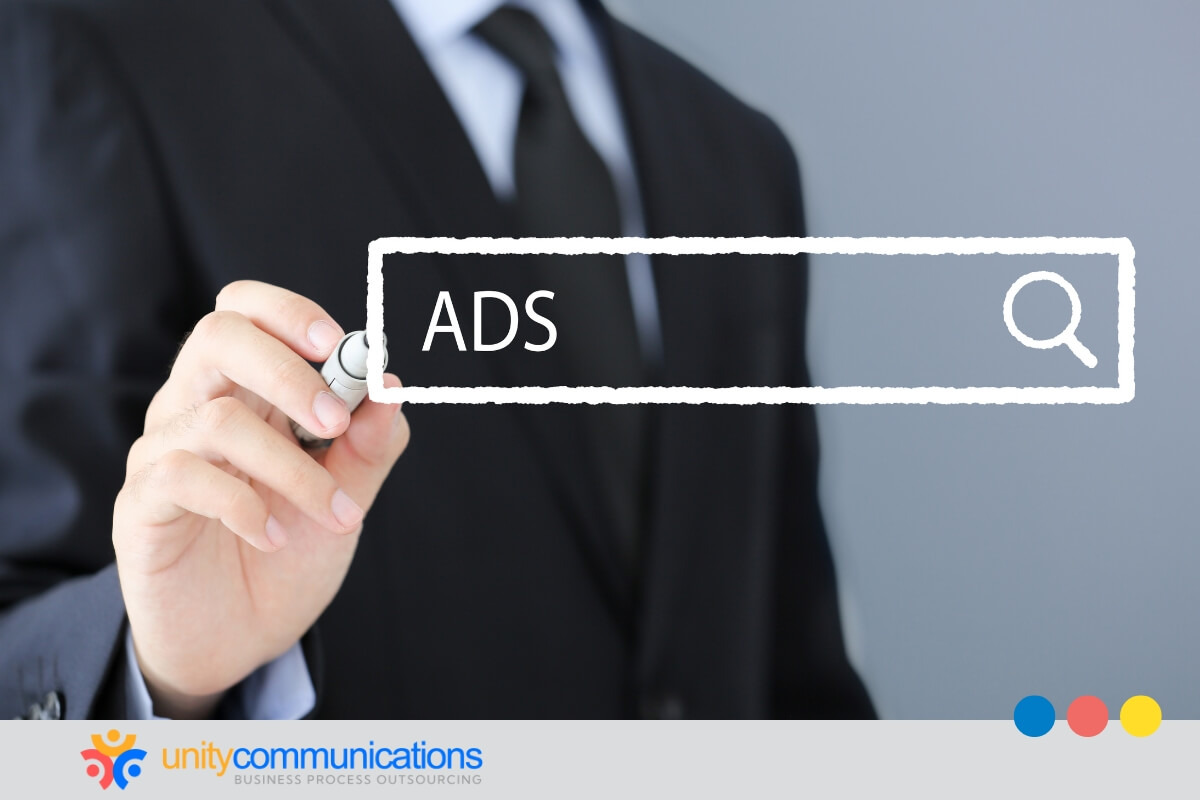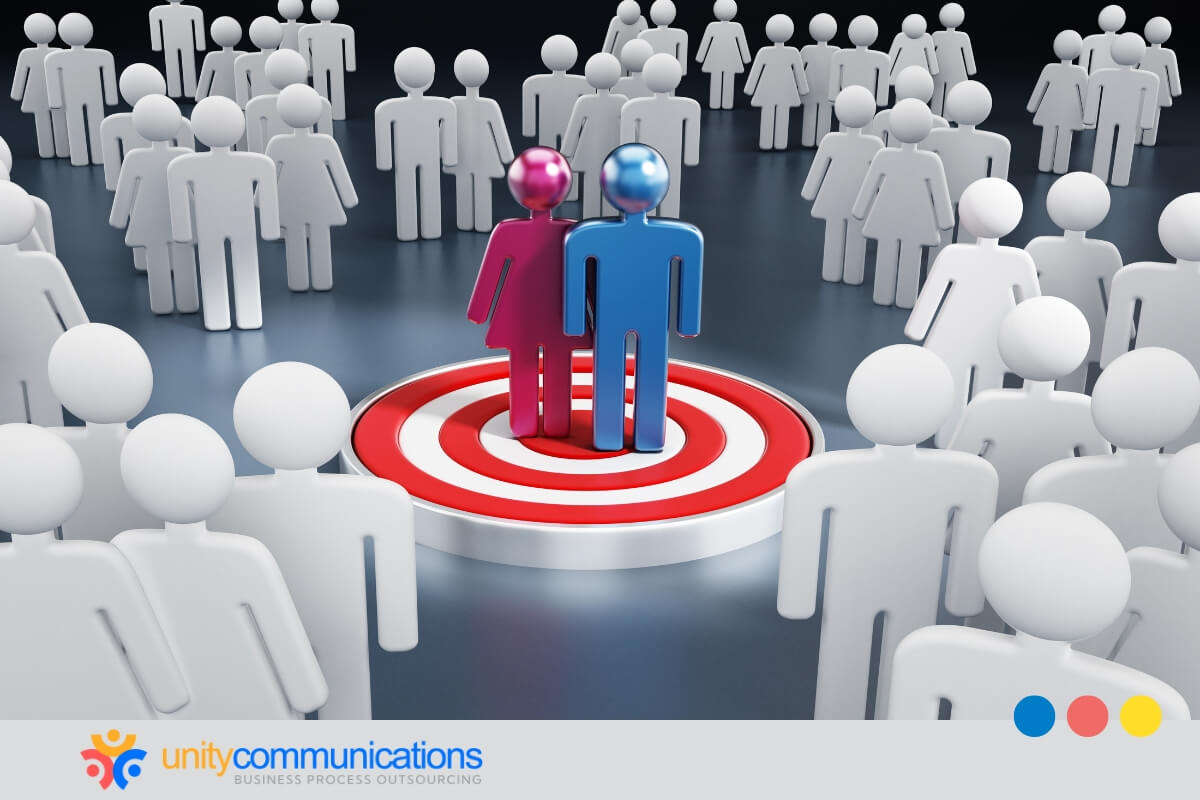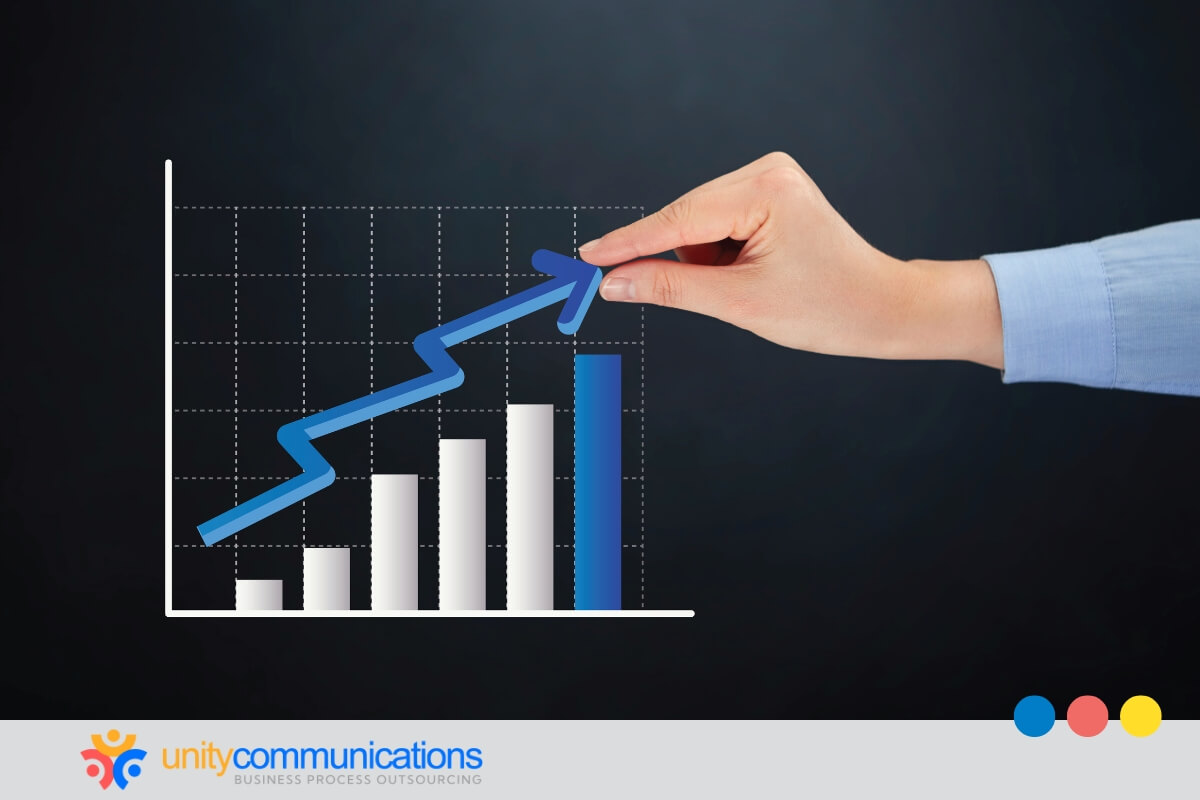Table of Contents
For small businesses, paid social media offers enormous potential for affordable growth. It can reach targeted audiences, increase brand awareness, and drive conversions quickly while you control the budget. However, managing campaigns can feel overwhelming.
Social media marketing services can help you optimize strategies, maximize return on investment (ROI), and focus on core operations.
This comprehensive guide includes everything you need about paid social media advertising, from platform selection to campaign optimization. By the end, you’ll have a clear roadmap for launching profitable campaigns today.
What is paid social media advertising

Paid social media advertising allows you to place targeted content directly in front of your ideal customers based on their interests, demographics, and behaviors. Unlike organic posts that depend on unpaid reach and algorithm changes, paid ads give you complete control over who sees your message and when.
With over 5.31 billion users worldwide, social media platforms offer a powerful way to connect with potential customers. But each platform has unique strengths. Understanding the top social media advertising platforms helps you choose the right one for your goals:
- Facebook ads. With over 3 billion monthly active users, Facebook offers the most sophisticated targeting options available, including demographics, interests, behaviors, and custom audiences.
- Instagram ads. This visually driven platform excels at reaching younger demographics through shoppable posts, story ads, and reels that drive engagement and conversions.
- LinkedIn ads. The premier B2B platform allows precise targeting by industry, job title, company size, and professional interests—perfect for service-based businesses.
- X (Twitter) ads. This platform is ideal for real-time engagement and brand awareness, especially when joining trending conversations or promoting time-sensitive offers.
- TikTok ads. The company dominates the younger consumer market through creative video content that feels native to the platform’s entertainment-focused environment.
- Pinterest ads. Perfect for fashion, lifestyle, and home brands, Pinterest users actively search for inspiration and have high purchase intent.
With so many users and platforms available, the key is choosing the one that best matches your business goals and audience. The next step is selecting the right ad formats to capture attention and drive results. These are the essential ad formats to know:
- Image ads have simple, compelling visuals with clear calls-to-action (CTAs) that work across all platforms.
- Video ads possess high-engagement content with powerful storytelling potential.
- Carousel ads can showcase multiple products or features in one ad to increase interaction.
- Story ads offer full-screen, immersive experiences on Instagram and Facebook.
- Lead Generation ads can collect customer information without users leaving the platform.
- Shopping ads enable direct product browsing and purchasing on Instagram and Pinterest.
You can design social ad campaigns with the right platforms and formats that generate leads, increase sales, and build brand loyalty. Investing in expert paid social media advertising services through business process outsourcing (BPO) can also optimize performance, reduce trial and error, and maximize ROI.
7 game-changing benefits of paid social media
Organic social media marketing alone no longer delivers the results small businesses need. Algorithm changes, increased competition, and declining organic reach make paid social media advertising essential for sustainable growth. Here’s why paid social campaigns are game-changers for small businesses:
1. Laser-focused targeting
Paid ads can show your copy to the right people to increase engagement and conversion. For example, Facebook Insights lets you tailor audiences based on age, gender, location, interests, and online behavior.
2. Instant brand visibility
Access millions of potential customers immediately. While organic growth takes months or years, paid ads can put your brand in front of thousands of qualified prospects within hours.
3. Unbeatable cost-effectiveness
Small businesses can run ads on Facebook and Instagram for as little as $5 per day. WordStream says the average cost per click (CPC) for Facebook Ads is $1.72 and $0.40-$0.70 for Instagram, making them more affordable than traditional advertising.
4. Superior engagement and conversions
Well-crafted paid ads consistently outperform organic posts. Strategic visuals, compelling copy, and clear calls-to-action drive higher engagement rates and more conversions.
5. Real-time performance tracking
Monitor impressions, clicks, conversions, and ROI in real-time. Built-in analytics dashboards provide insights that help you optimize campaigns immediately, not weeks later.
6. Powerful retargeting capabilities
Re-engage users who’ve already shown interest in your brand. Retargeting campaigns typically achieve higher conversion rates at lower costs by focusing on warm prospects.
7. Scalable growth solutions
Start small and expand as you succeed. Increase budgets, test new formats, and expand to additional platforms as your business grows. Outsourcing social media marketing can further support scalability by giving you access to an expert without the cost of a full-time team.
4-step guide to successful paid social media campaigns

Successful paid social media campaigns don’t happen by accident. They require strategic planning, proper targeting, and continuous optimization. Follow this proven four-step process to launch campaigns that deliver measurable results:
1. Set your social media advertising budget
Setting a budget maximizes returns, manages marketing costs, and helps allocate resources efficiently across platforms. Begin by aligning the budget with specific objectives.
- Brand awareness: Reach new audiences and increase visibility.
- Website traffic: Drive qualified visitors to your site.
- Lead generation: Collect emails and contact information.
- Sales conversion: Encourage direct purchases.
More complex goals typically require higher ad spending, while smaller, more targeted campaigns might work with a modest budget.
Next, determine how much you can afford. A standard guideline for small businesses is to allocate 5% to 10% of total revenue to marketing, with a portion dedicated to paid social media advertising. If you’re new to paid ads, spending $5 to $10 per day per platform allows you to test campaigns before scaling up.
Each platform also has a different cost structure. Understanding the pricing helps estimate your potential reach and engagement. Here are some CPC averages of popular social media sites:
- Facebook and Instagram ads: $0.50–$2.00 per click
- LinkedIn ads: $5–$10 per click (higher for B2B targeting)
- TikTok ads: $0.10–$1.00 per click
- Pinterest ads: $0.10–$1.50 per click
Start with a small test budget to see what works. You can run A/B tests on different ad creatives, audiences, and formats. If your ad performs well, gradually increase the amount. If it underperforms, tweak the strategy or reallocate funds.
If this all feels overwhelming, work with a BPO provider specializing in social media management. They can optimize spending, ensure strategic ad placements, and handle day-to-day campaign execution so you can focus on running your business.
2. Define your target audience
Successful paid social campaigns target the right people with the right message at the right time. Before running paid social campaigns, understand your ideal customer by building a persona, a semi-fictional representation of targeted buyers based on the following factors:
- Demographics: Age, gender, location, education, income
- Interests: Hobbies, brands they follow, topics they engage with
- Behaviors: Shopping habits, device usage, platform preferences
- Pain points: Problems they have that your product or service solves
- Goals: What they want to achieve
The goal is to understand your customers, their problems, how they interact with your brand, and what led them to choose your product or service. But how do you create a buyer persona? Start by gathering customer data from multiple sources:
- Conduct customer interviews and surveys.
- Analyze website and social media insights.
- Review customer relationship management (CRM) information.
- Consult sales and support teams.
Identify patterns and common traits among your customers. Look for demographic similarities such as age, gender, location, job titles, industries, interests, and lifestyles. Closely examine their goals, challenges, and buying behaviors to group them into meaningful segments representing different buyers.
Create a fictional but realistic character for each segment, representing a typical customer. Give each persona a name and a backstory that includes their job, daily responsibilities, challenges, and personal goals. Include relevant details such as their preferred communication channels and what influences their purchasing decisions.
After creating the persona, test and refine it over time. Use it in marketing campaigns and observe how your target audience responds. Talk to your sales and support teams to see if the personas match real-life customer experiences. You can also tweak the details based on feedback, if necessary.
3. Craft compelling ad copy and visuals
Compelling ad creative is what transforms viewers into customers. Your copy and visuals must work together to grab attention, communicate value, and drive action. Before writing, understand your audience:
- What problems does your product or service solve?
- What motivates them to take action?
- Do they prefer formal, professional messaging or casual, friendly communication?
- What objections might they have?
Then, develop a concise, engaging, and action-driven ad copy with this proven formula:
- Hook them immediately. Use a strong hook in the first few words. For example, say, “Struggling to get more customers? We can help!”
- Focus on benefits, not features. Focus on how your product or service improves the customer’s life. Instead of saying, “Our skincare cream contains vitamin C,” write, “Achieve glowing, youthful skin with our vitamin C formula.”
- Add social proof and urgency. This creates psychological triggers that motivate action, whether it’s fear of missing out or trust built through social validation. Some examples are “Join 10,000+ happy customers!” or “Limited-time offer—Act now!”
- Include clear, specific CTAs. CTAs tell the audience exactly what to do next. Examples include “Shop Now,” “Sign Up for Free,” and “Get 20% Off Today.”
Finally, use Canva, Adobe Express, Figma, and similar platforms to let your ads stand out in a crowded social media feed. Here are essential design tips:
- Use high-quality, visually appealing images or videos.
- Keep text minimal on images. Focus on a clear, bold message.
- Maintain consistent brand colors and fonts for recognizability.
- A/B test different visual styles (e.g., lifestyle images vs. product close-ups) to see what works best.
- Ensure mobile-friendly design.
If you want high-quality paid ads without the hassle, work with a BPO company offering professional ad copywriting, design, and strategy. Understanding how outsourcing works can help small businesses save time, reduce costs, and access expert marketing support to run effective campaigns.
4. Track performance and optimize results
How do you know that your paid social media advertising efforts are delivering results? Examine their performance using the right metrics.
The ideal key performance indicators (KPIs) to track depend on your campaign goals. Typically, they include:
- Impressions: How many times your ad was displayed
- Reach: Number of unique users who saw your ad
- Click-through rate (CTR): Percentage of viewers who clicked on the ad
- Conversion rate: Percentage who completed desired actions (e.g., purchase, sign-up)
- Cost per click (CPC): Average amount spent per click
- Return on ad spend (ROAS): Revenue generated compared to spending
Most social media platforms simplify tracking with their built-in analytics. Review the data regularly to understand what’s working and what needs improvement.
If an ad is underperforming, consider refining audience targeting (e.g., adjusting demographics or interests) or modifying ad creatives, such as testing a new image or video. You can modify the copy for better engagement or reallocate the budget to high-performing ads.
You can use Facebook Pixel or Google Tag Manager to monitor how users move from an ad to a website, which copy leads to purchases or sign-ups, and where customers drop off. The information improves paid social media tactics for better conversion.
Analytics facilitate data-driven decisions that support smarter budgeting, better audience targeting, and continuous campaign optimization.
The bottom line

Paid social media advertising helps small businesses reach the right audience, drive results, and stay competitive without overspending. With the right strategy, it’s a smart way to grow your brand fast. The choice is clear: continue struggling with limited organic reach, or harness the power of targeted paid advertising to accelerate your business growth.
Want expert help to launch a campaign that works? Partner with a BPO provider to access top digital marketing talent without hiring in-house. Let’s connect and make it happen.




